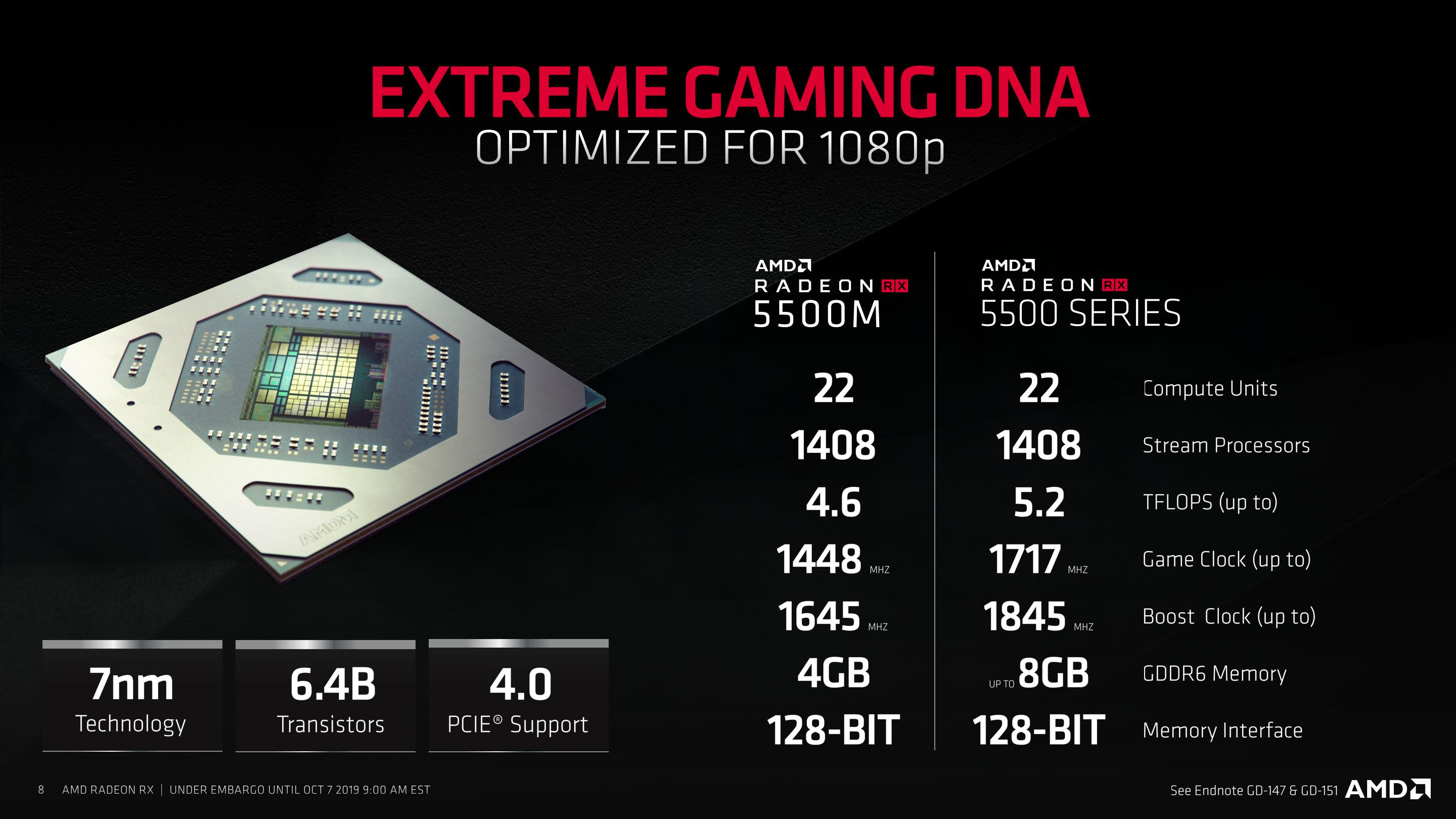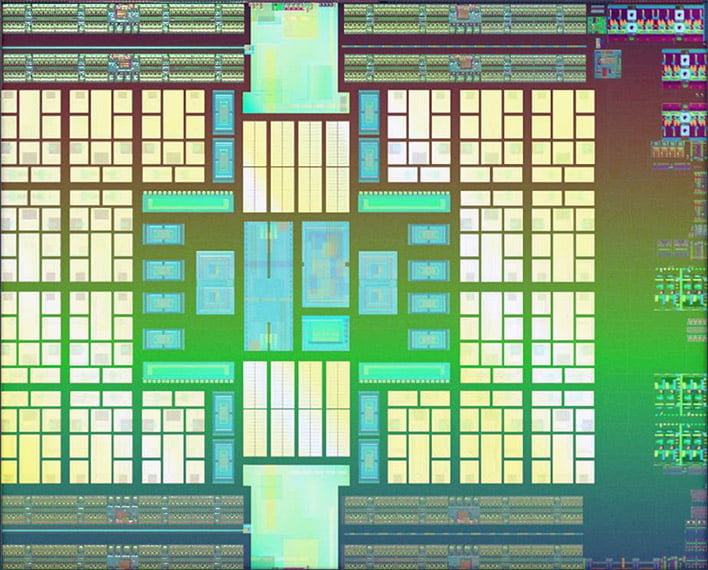Having just stuffed myself with food, and feeling to full to do any real work, I spent a few minutes thinking about where AMD can take Navi, in terms of the configurations (SPs, ROPs, etc). This led to a few minutes of setting it out in Excel, and voila:
https://imgur.com/a/zWqkGdN

All of this is, of course, not based on any fact, other than the overall Navi layout lends itself to be scaled quite nicely. The area and power values are total guesstimates.
Random speculation demands random thoughts and suggestions
https://imgur.com/a/zWqkGdN

All of this is, of course, not based on any fact, other than the overall Navi layout lends itself to be scaled quite nicely. The area and power values are total guesstimates.
Random speculation demands random thoughts and suggestions


